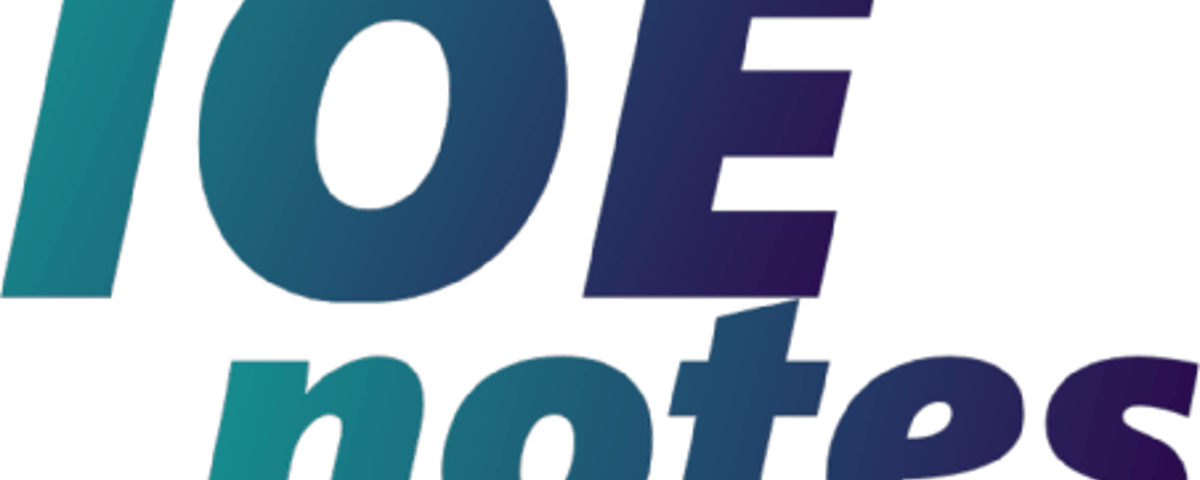|
ME701 |
||||
|
Lectures |
: |
3 |
Year |
: IV |
|
Tutorial |
: |
0 |
Part |
: I |
|
Practical |
: |
3 |
Course Objective:
To provide fundamental knowledge and skills to the students that are needed to design the most commonly used machine elements.
|
1. Modeling and Simulation |
(4 hours) |
1.1.The role of Models in Engineering Design
1.2.Mathematical Modeling
1.3.Similitude and Scale Models
1.4.Computer Simulation and Parameter Variation
1.5.Computer Generated Geometric Models
1.6.Finite Element Modeling and Analysis
|
2. Optimization Techniques |
(4 hour) |
2.1.Optimization by Differential Calculus
2.2.Search Methods
2.3.Multivariable Search Methods
2.4.Linear and Geometric Programming
2.5.Multifactor Objective Functions
|
3. Interaction of Materials, Processing and Design |
(2 hour) |
3.1.Role of Processing in Design
3.2.Overviews of Manufacturing Processes and Relation to Design: Casting, forging, sheet metal forming, machining, powder metallurgy, welding, heat treatment, assembly
3.3.Other factors Affecting the Design Process Material properties, type of loading, stress concentrations, corrosion resistance, wear and abrasion resistance
|
4. Risk and Reliability of Design |
(4 hours) |
4.1.Risk and Society; Regulations, standards, risk assessment
4.2.Probabilistic Approach to Design
4.3.Reliability Theory;
4.3.1.Failure Rates
4.3.2.System Reliability
4.3.3.Maintenance and repair
4.4.Design for reliability
4.5.Hazard Analysis
4.6.Fault Tree Analysis
|
5. System Design |
( 10 hours) |
Power Transmission System Design such as Machine Tools, Automobile, Air craft etc.
|
6. Spring design |
( 8 hours) |
6.1.Stresses in helical spring
6.2.Deflection of helical spring
6.3.Extension and compression springs
6.4.Spring materials: estimation of tensile and torsion yield strength
6.5.Design of helical spring: critical frequency
6.6.Fatigue loading
6.7.Belleville spring
6.8.Helical torsion spring
6.9.Leaf spring
6.10.Energy store capacity of spring
|
7. Clutches and brakes |
(8 hours) |
7.1.Internal expanding rim clutches and brakes
7.2.External expanding rim clutches and brakes
7.3.Band type clutches and brakes
7.4.Frictional contact axial clutches
7.5.Cone clutches and brakes
7.6.Energy consideration and temperature rise
7.7.Frictional material
|
8. Power screw |
(5 hours) |
8.1.Screw thread for power transmission, types and standard
8.2.Relationship between applied torque and axial force
8.3.Friction effects; self locking thread
8.4.Stress concentration in threads
8.5.Effects of material
Practical:
1.Machine Drawing Practice;
One or two drawing assignments that utilize the student’s experience in previous drawing courses, but requires more depth of exposure to the production of working drawings including limit dimensioning, surface finish, welds, threads, fasteners, bearings, couplings and other hardware.
2.Design Project I;
Introductory design project which may be the same for all students. It should be selected to combine the ideas of the design process with any analysis required, as well as the drawing process for communication of results. Students should be asked to outline and justify the logic behind the process of decision- making involved in the development of the design.
3.Design Project II;
More advanced project requiring a team approach say 4 students per group. The work of the project must be planned by the students as a group, the work divided and deadlines set for completion. Progress should be monitored and evaluated by the instructor at intervals to ensure success of the design effort. Again, detailed drawings are required and, if appropriate, oral presentations may be required for communication and justification of the project.
References:
4.G.E. Dieter, “Engineering Design- a Materials Processing Approach”, McGraw Hill, First Metric Edition.
5.M. F. Spotts,”Design of Machine Elements” , Prentice Hall.
6.J.E. Shigley, “Machine Design”, McGraw Hill.
Evaluation Schemes:
The questions will cover all the chapters of the syllabus. The evaluation scheme will be as indicated in the table below:
|
Unit |
Chapter |
Topics |
Marks |
|
1 |
1, 2 & 3 |
all |
16 |
|
2 |
4 & 8 |
all |
16 |
|
3 |
5 |
all |
16 |
|
4 |
6 |
all |
16 |
|
5 |
7 |
all |
16 |
|
Total |
80 |


